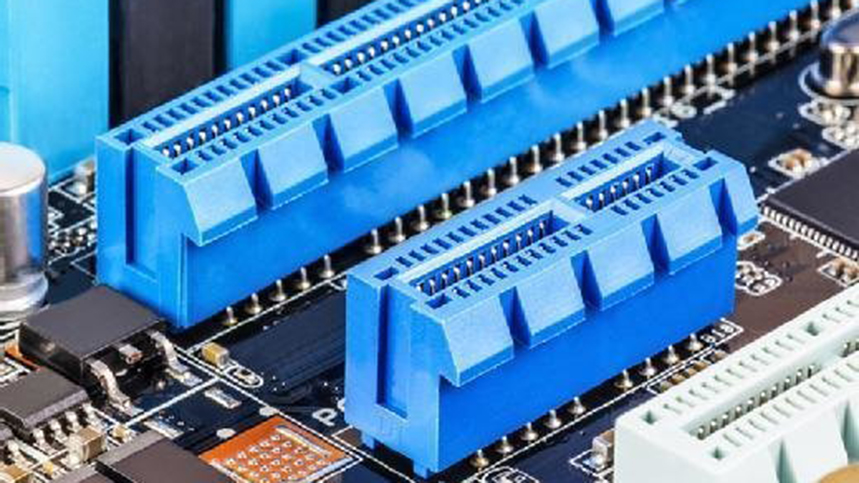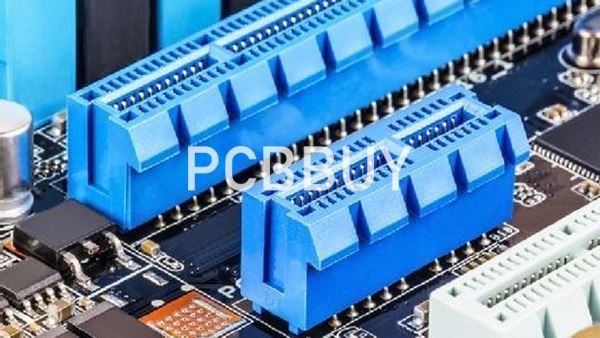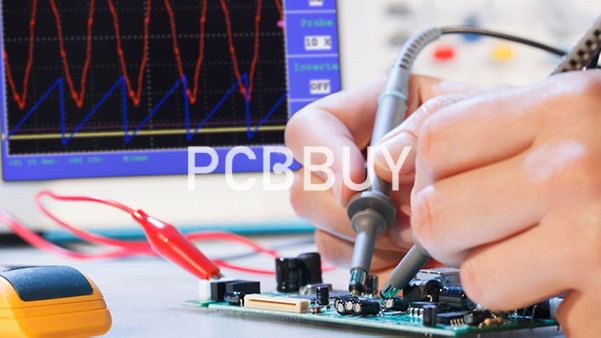What Are the Design Requirements of PCB Relay?
By:PCBBUY 12/15/2023 17:02

Electromechanical and reed relays used for switch resistive and inductive loads for the power management of control systems. The relays mount directly to a PCB and fit a compact standard relay package. An electromechanical PCB relay includes a coil, an armature, and contacts. Applying power to the coil forms a magnetic field that causes the armature to move and the contacts to open or close. Electromechanical relays have excellent contact ratings and a wide range of form, fit, and functions for different applications.
Are you a beginner of PCB industry? Are you going to learn more about PCB relay? In this passage, we will focus on the basic information of PCB relay. If you are curious about PCB relay, please check and read the content below.

What is the basic information of PCB relay?
A PCB relay, which may also be referred to in full as a printed circuit board relay, or in short as simply a print relay, is designed to be soldered to a printed circuit board. The PCB itself electrically interconnects multiple electronic components by providing conductive tracks, pads and other features etched from one or more layers of copper, laminated on or between, layers of a non-conductive substrate.
PCB relays are most commonly of ‘through hole‘ style where the relay ‘pins‘ are inserted into holes in the PCB; although so-called surface mount PCB relays do exist. Finder’s range are all ‘through hole’ and range from small, low current relays, such as Finder’s 30 Series to PCB mount versions of industrial and power relays such as Finder’s 55 and 67 Series.
What are the features of PCB relay?
PCB relays function just like any other relay, but they tend to be more compact and have lower voltage ratings. These components also come in any of the standard constructions you would find in larger relays. These include:
· High-voltage: These are designed to work with very high voltage and current.
· Overcurrent: This type of relay opens to stop high currents from flowing in the wrong direction around a circuit.
· Semiconductor: These solid-state relays switch electronically.
· Time-delay: These relays trigger for a limited period of time.
· Thermal: These relays will trip once the temperature exceeds a certain threshold.
· Differential protection: This type of PCB relay can trigger when two different parts of a circuit have different voltages or currents.
· Frequency protection: These solid-state relays trip when the frequency of an AC current is too high or too.

What Are the Design Requirements of PCB Relay?
The demand for compact devices has pushed the development of smaller electromagnetic relays that solder directly onto a PCB. Even with the availability of smaller relays, the physical process of mounting a relay requires attention to soldering, heat application, and washing. If the internal mechanism of an electromagnetic relay becomes distorted, the relay will not perform as needed. Manufacturers recommend glass-epoxy or paper-epoxy PCB materials and a thickness of 1.6 millimeters for mounting relays. PCB relays require a standard conductor thickness of 35µm and 70µm.
Electromagnetic and thermal relays perform differently when exposed to magnetic fields and heat. As you design your PCB, position relays away from transformers, semiconductors, or other devices that generate heat. The mechanical design of a product also must protect relays from shock or vibration. Mount the relay so that any shock or vibration applies at right angles to the operating direction of a relay armature.
What is the work principle of PCB relay?
Design and components of PCB relay. If you want to make a PCB relay, it becomes vital to remove the relay’s PVC or plastic case using your screwdriver. It will allow you to view the relay parts (spring, armature, coil and contacts, and yoke). A PCB relay circuit requires the perfect relay and a seamless mounting process to ensure efficient functioning. Because of this, you have to hinge the armature on the yoke and link it mechanically to a single or more moving contact. The relay gets held snugly by a spring, creating an air gap within the magnetic circuit when the relay gets de-energized.

Consequently, a set or two of contacts within the relay get closed while the other gets open. However, other relays might have fewer or more contact sets based on their utility. It also possesses a wire connection between the yoke and the armature, ensuring circuit continuity between the PCB’s moving contacts of the circuit track and armature through the yoke. The relay gets soldered on the printed circuit board.
As earlier stipulated, the de-energizing of the relay, the magnetic circuit forms an air gap, forcing the two contact sets to close while the other remains open. However, it becomes crucial to note that other relays may have fewer or more contact sets based on their utility. The relay often works through the application of electric current that, when passed through the relay’s coil, generates a magnetic field. It activates the relay’s armature, which breaks or makes a connection with a static contact. Whenever the de-energization of the relay occurs when the contacts are closed, then this movement opens the contacts instead, and the connection breaks. The opposite happens when the situation gets reversed.
Industry Category











